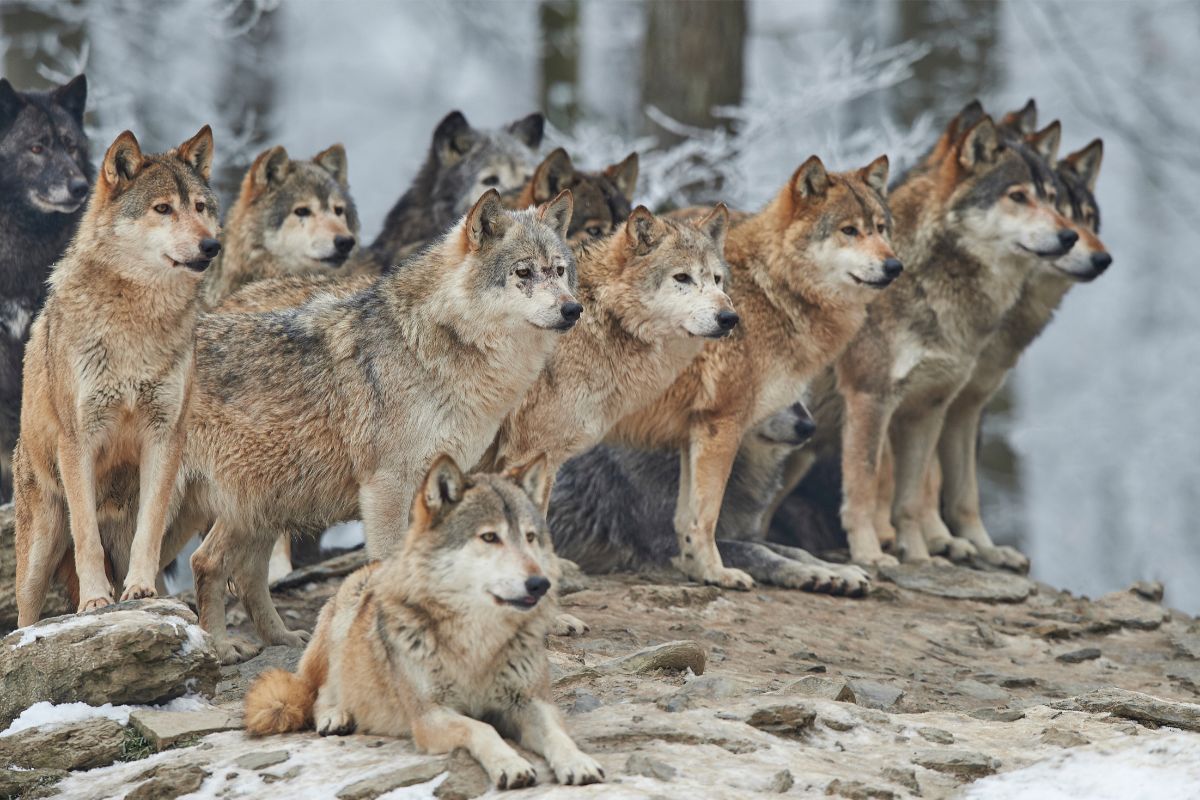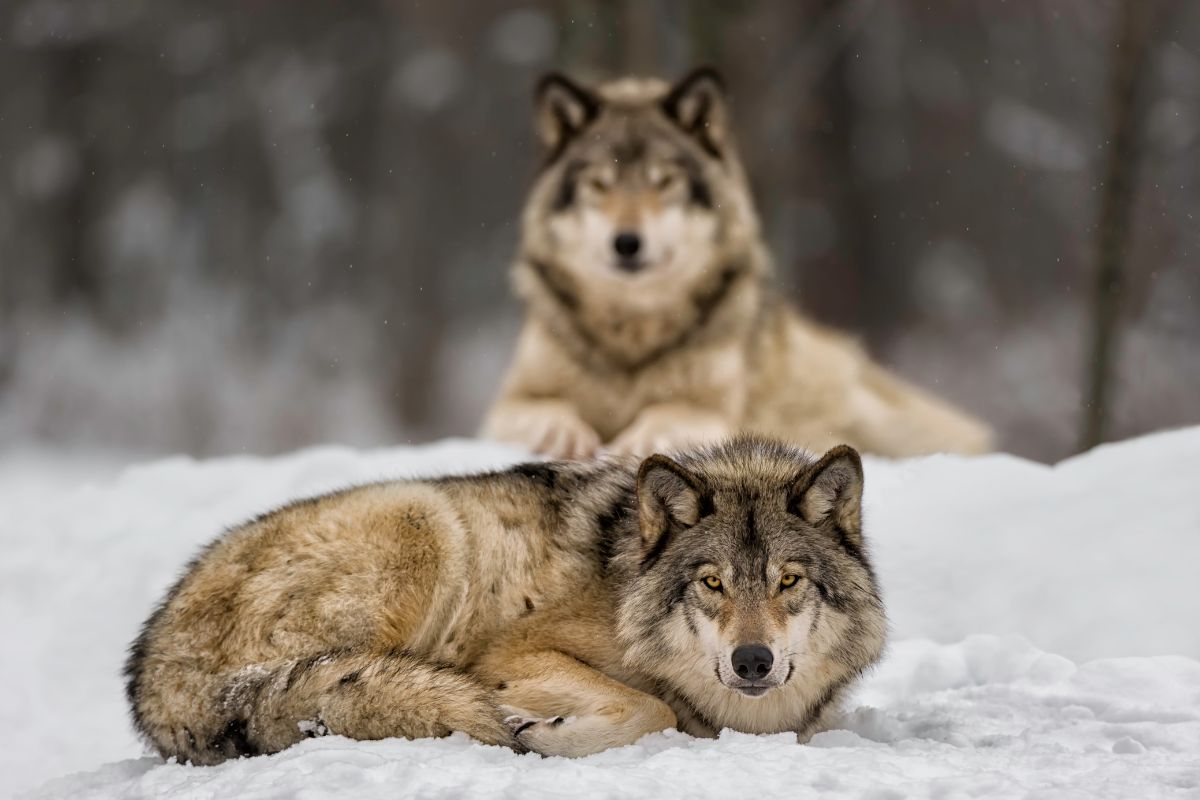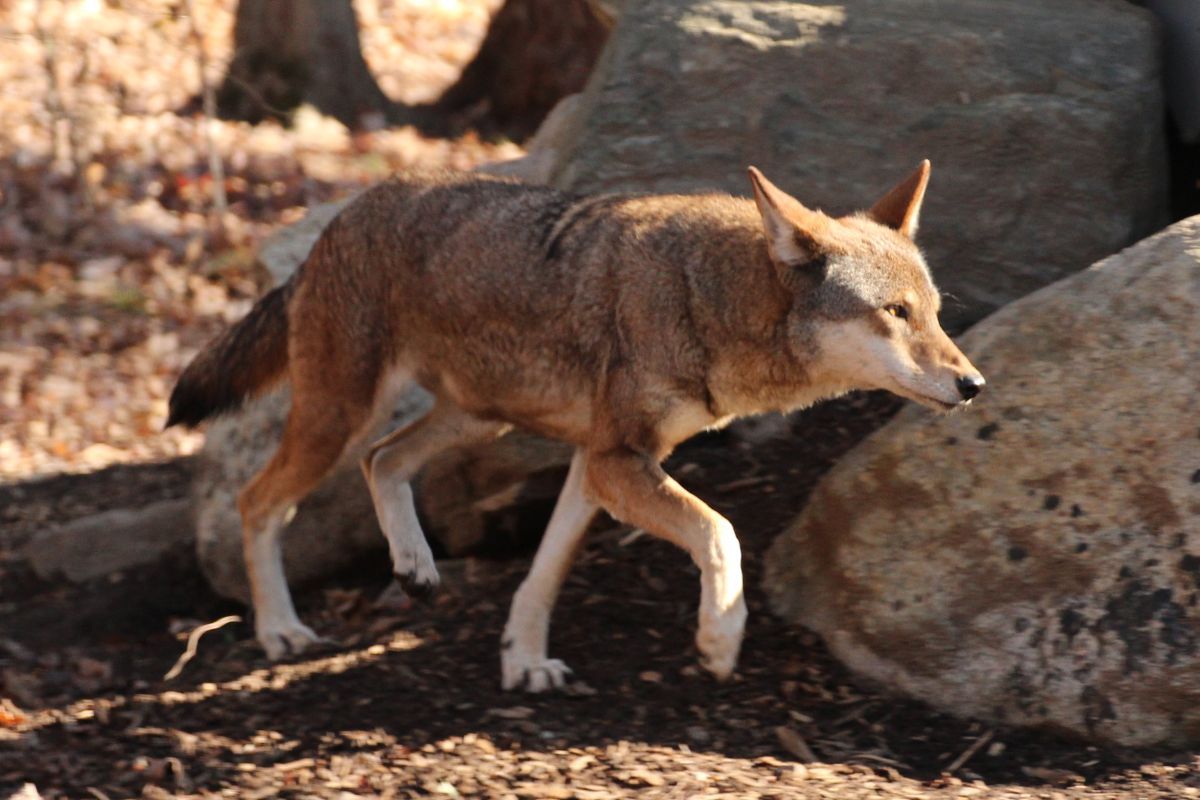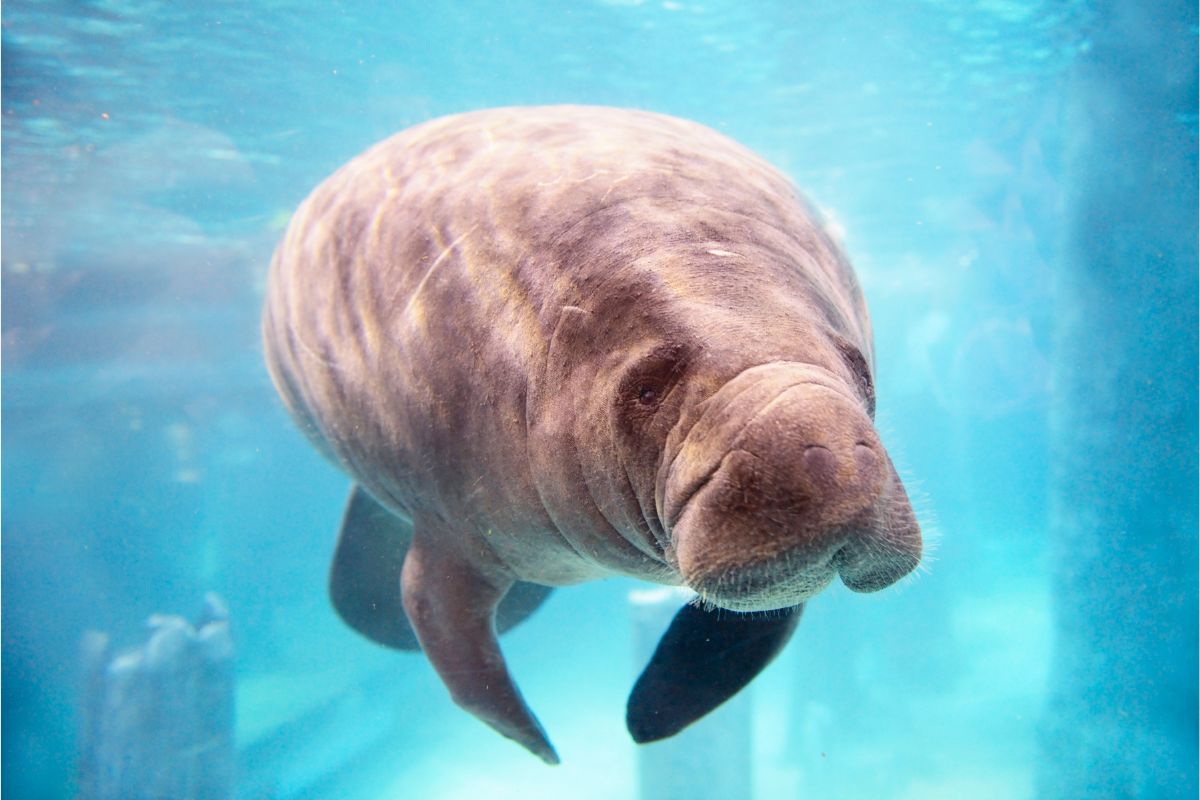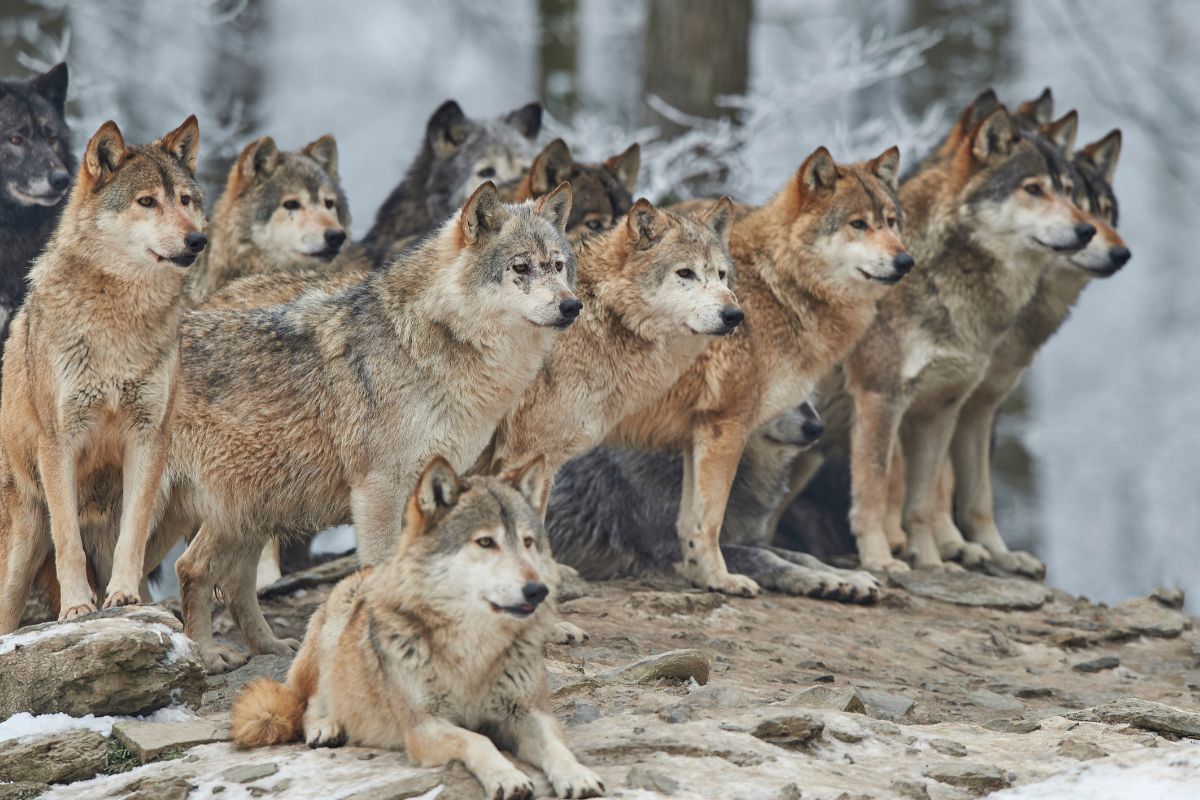Ecosystems throughout the world are complex systems that rely on each part of themselves in order to work properly.
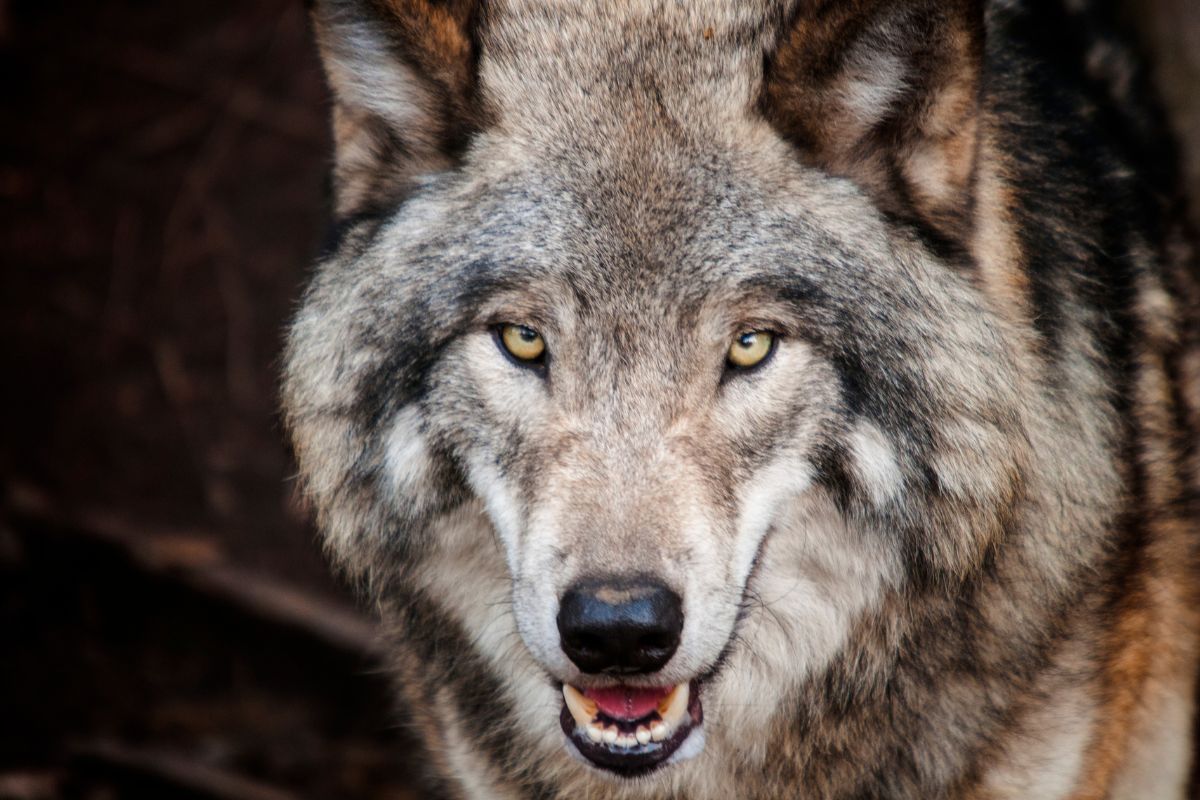
Whilst it may be easy to see the importance of aspects such as small animals that exist as prey for other, bigger animals – predators are equally useful.
Each part of an ecosystem works together to create a natural sense of harmony, which will allow different species to grow and flourish through the eras.
In modern North America, humans have upset the natural balance of things and caused predators that would have once kept populations in check to be less numerous.
Nowhere is this more important than the Californian Wolf. So you might be wondering – what is the real importance of California Wolves on the Ecosystem? How important are they to the world around them?
If this sounds like you, then you’ve come to the right place! In this article, we’re going to be telling you everything you’ll need to know about Californian Wolves and what effect they have on the ecosystems surrounding them.
We’ll also give you some additional information to do with conservation, and what work is being done to keep their population in check.
What Is A Californian Wolf?
Wolves are some of the most well-known predators in the world. They were once a lot more common than they are now, and have variations of their species in many different parts of the time.
There are more than thirty different variations of species, and wolves are closely related to dogs.
Wolves are extremely effective predators who hunt in packs and have impressive skills when it comes to taking down game within a group.
Wolves are highly intelligent, emotional, and expressive animals. Gray wolves are the variation found in California, but for a long time, they were completely absent due to excessive hunting that occurred over the course of the 19th and 20th centuries.
Unfortunately, wolves are one of the animals that have been most hunted by humans. Since they were once a danger when we were less civilized, humans made sure to clear out any kind of wolves around their area.
This constant hunting has led to massive population declines across the world, and when it comes to the Gray or Californian Wolf, this is no different.
California is a very well-populated place, and humans have made it clear for centuries that wolves have no place in places where humans live.
Another thing that adversely affects the lives of wolves is the loss of habitat. As humans expand and take more land up, wolves lose some of the natural habitat that they need to hunt, raise pups and survive.
The more humans expand, the more likely it is that wolves will have nowhere to live. By extend, wolves are the more likely to run into contact with humans, which increases their chances of being hunted.
How Do Gray Wolves Help Their Ecosystem?
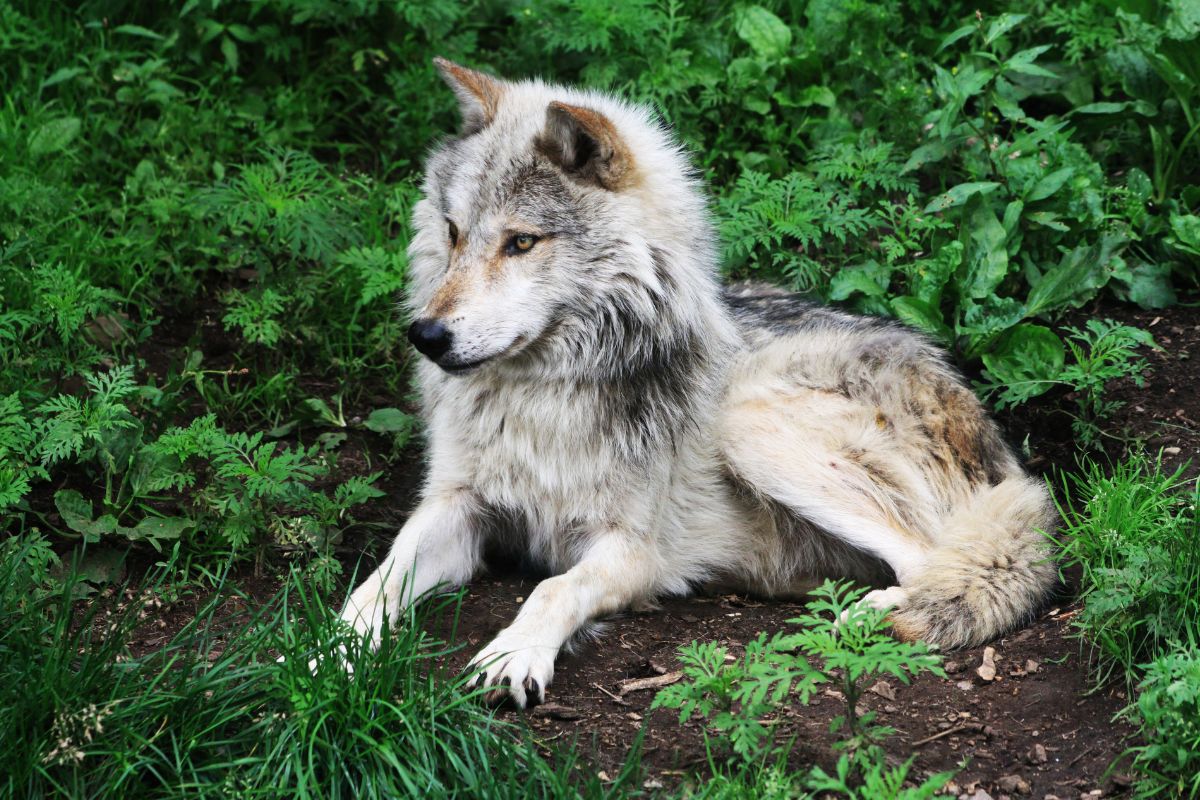
Whilst it may seem counterintuitive that predators help the ecosystem they’re living in, they are just as much of a part of it as any other species.
Wolves play an important role in California by hunting their prey. They feed on deer and elk, who can often cause problems when there is an excessive population.
By keeping their populations in check, wolves help other plants and animals. Another key way in which predators such as wolves help their ecosystem is through the corpses of their prey that get left behind.
These bodies redistribute nutrients and allow other species to eat – take for example scavanger animals.
In a healthy ecosystem, you generally want each part to be healthy and happy. If one part of an ecosystem crumbles, it can have profound effects on different species, even those that directly compete for resources.
Take for example wolves in California. The lack of w wolves in California has caused several overpopulation problems with deer and elk, which has historically led humans to have to cull large amounts of these animals.
The Repopulation Of Wolves In California
Thankfully, a lot of steps have been taken to re-introduce wolves into Canada. In the early 2010s, wolves began to reappear in the Californian countryside, and this was the result of tireless work from conservationists.
Wolves are still very rare in California, but now in the 2020s, we have had a few examples of wolf pups being boring naturally within nature.
This is a great step forward to having wolves back in California, but they still face a lot of problems with humans before they will be able to thrive.
The Donald Trump Administration removed the ESA protections for wolves, which meant they have no legal protection from being hunted.
Thankfully there are still a lot of people who are making their status as endangered, repopulating animals known, but there are some hunters who want to kill them and make sure there are no wolves left in the wild.
Final Thoughts
So in short, wolves are vital pieces of a much larger puzzle within nature. Each piece of this ecosystem has to work together in order for animals to survive.
Whilst a predator such as a wolf may be dangerous and kill animals for food, these kills help to sustain both themselves and other animals and plants around them.
A corpse of a wolf too, when it eventually passes on, also feeds other animals.
A lot of work still has to be done to reintroduce wolves into the wild, but thanks to the help of conservationists great steps have been taken and there will hopefully be a lot more growth over the next decade or so.
Human intervention in nature can be either a good or a bad thing, depending on the intentions and precautions taken to protect species around the world.
We hope that this article has allowed you to understand the importance of wolves within the state of California and that you’re not a lot more confident about the topic!
- What Do Squirrels Eat? Learn About Their Diet and Winter Survival - October 14, 2024
- What Do Raccoons Eat? Discover Their Diet and Eating Habits - October 6, 2024
- What do foxes eat? - October 5, 2024


